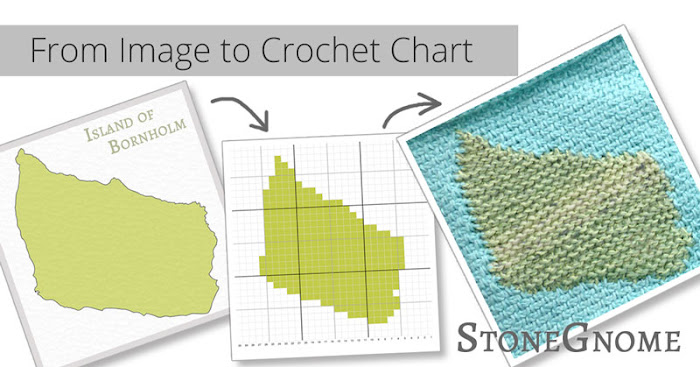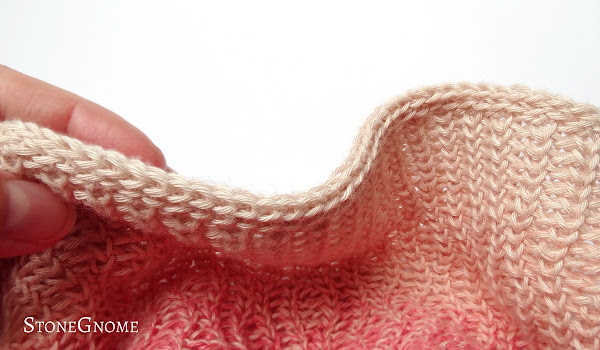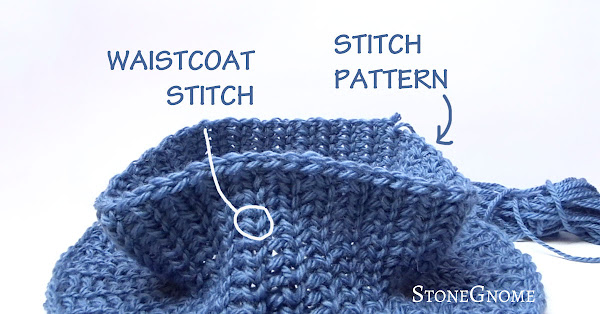I have an excellent new ribbing for you!
I've been playing around with the Top Stich and found a very, very neat way to make an awesome ribbing. I haven't seen it anywhere else. So I dare to call this NEW!
I've been playing around with the Top Stich and found a very, very neat way to make an awesome ribbing. I haven't seen it anywhere else. So I dare to call this NEW!
- Is extremely flexible
- It has a very soft structure
- And the stitch pattern looks great


 Have you ever wanted to put your own photo or image on a pillow or an afghan? You could also make a corner-to-corner (c2c) blanket or use the same technique for a filét chart or a sweater.
Have you ever wanted to put your own photo or image on a pillow or an afghan? You could also make a corner-to-corner (c2c) blanket or use the same technique for a filét chart or a sweater.












 Did you ever think about how many different crocheted ribbings there exist? I think most of us just do whatever a pattern tells us - or you find a page telling you 'how to crochet a ribbing'. As in one ribbing.
Did you ever think about how many different crocheted ribbings there exist? I think most of us just do whatever a pattern tells us - or you find a page telling you 'how to crochet a ribbing'. As in one ribbing.

















